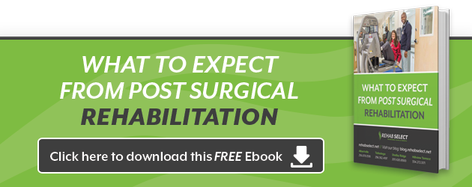 Like many other fields, rehabilitation therapy has been impacted by the rise of mobile software. Mobile devices can be used in a number of ways by people who are looking to get things done effectively. If you are looking to get the most out of mobile devices, there are a few important apps that you should use to help with therapy.
Like many other fields, rehabilitation therapy has been impacted by the rise of mobile software. Mobile devices can be used in a number of ways by people who are looking to get things done effectively. If you are looking to get the most out of mobile devices, there are a few important apps that you should use to help with therapy.
GetMyROM
This application functions as a goniometer to help you determine the range of motion for a variety of body parts. Research has shown that this app is just as effective as a standard goniometer. You can also share the results with someone else. GetMyROM is currently being used by OTs, PTs, nurse practitioners, and chiropractors.
Muscle Trigger Points
Muscle Trigger Points is an application that shows its users a breakdown of the human muscle anatomy. The app breaks down trigger points and referral patterns for more than 70 muscles. Each muscle includes a visual referral pattern and a written muscle action. In addition to its use in rehabilitation therapy, this app can also be used by massage therapists who are looking to ease the pain and tension that their clients are facing.
Visible Body
The Visible Body application suite acts as an in-depth visual guide for physical therapists as well as patients who are interested in making sure that they have an understanding of the anatomy. Some included features of this application are an illustration of the way that the immune system works, 500 preset 3D views into the human body that can be zoomed in and rotated, and over 70 different illustrations and animations that will help users get a sense of how different processes in the body work.
Pocket Body
Pocket Body is a more sophisticated app that allows users to learn more about their anatomy and how it is functioning. Pocket Body has nine different layers of anatomy that users can interact with. It also supports the ability to share content across different devices and make notes on various parts of the human anatomy. Its quiz feature can also help students who are looking to learn about the functions of human muscles.
With these four applications, rehabilitation therapy can be made much easier. Whether you are a physical therapy patient, practice manager, or anyone else in this important field, these applications will allow you to use common mobile technology to make therapy much more effective.





